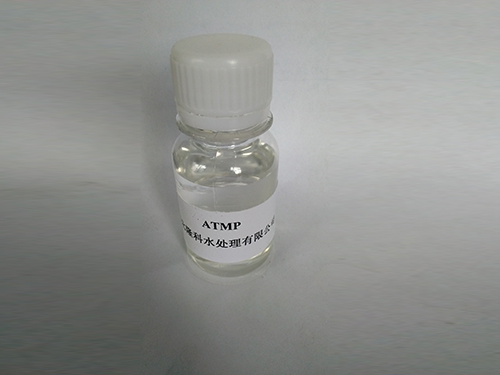polyaluminum chloride msds
Safety Information on Polyaluminum Chloride (PAC) based on Material Safety Data Sheet (MSDS)
Polyaluminum chloride (PAC) is a widely used coagulant in water treatment and purification processes. It is essential to understand its properties, handling, and safety measures due to its chemical nature and potential hazards.
Chemical Composition and Properties
Polyaluminum chloride is a synthesized inorganic polymer that consists of aluminum ions and chloride ions. It typically appears as a white, yellowish, or off-white powder and is highly soluble in water. PAC acts as an effective coagulant due to its ability to destabilize colloidal particles, thus promoting their aggregation and subsequent removal from water during filtration.
Hazard Identification
According to the MSDS, PAC is generally considered non-toxic; however, it can pose hazards under certain conditions. Skin and eye contact should be avoided, as it may cause irritation. Inhalation of dust or mist can also lead to respiratory irritation. It is crucial to refer to specific MSDS documentation to understand material classifications, potential environmental impact, and exposure limits.
First Aid Measures
polyaluminum chloride msds

In the event of exposure, immediate first aid measures are vital. For eye contact, it is important to rinse the affected area thoroughly with water for at least 15 minutes and seek medical attention. For skin exposure, washing the area with soap and water is recommended. If inhaled, relocating the person to fresh air and medical help should be sought if respiratory distress occurs.
Handling and Storage
When handling PAC, it is advisable to wear appropriate personal protective equipment (PPE) including gloves, goggles, and respiratory protection if necessary. Proper ventilation is also essential, especially in enclosed areas. PAC should be stored in a cool, dry place away from incompatible materials such as strong acids and bases, and it should be clearly labeled to prevent mishandling.
Environmental Considerations
Polyaluminum chloride can potentially affect aquatic life if released into water bodies. Therefore, it is crucial to follow local regulations concerning disposal and discharge. Spills should be contained and cleaned promptly to prevent environmental contamination.
Conclusion
Understanding the properties and hazards associated with polyaluminum chloride, as outlined in the MSDS, is crucial for safe handling and use. By adhering to safety guidelines, using appropriate PPE, and being cognizant of first aid procedures, individuals can minimize risks associated with this chemical. Always consult the specific MSDS for the most accurate and detailed safety information. Ensuring safety in the workplace not only protects individuals but also promotes better environmental stewardship in water treatment practices.
-
Water Treatment with Flocculant Water TreatmentNewsJun.12,2025
-
Polymaleic AnhydrideNewsJun.12,2025
-
Polyaspartic AcidNewsJun.12,2025
-
Enhance Industrial Processes with IsothiazolinonesNewsJun.12,2025
-
Enhance Industrial Processes with PBTCA SolutionsNewsJun.12,2025
-
Dodecyldimethylbenzylammonium Chloride SolutionsNewsJun.12,2025





